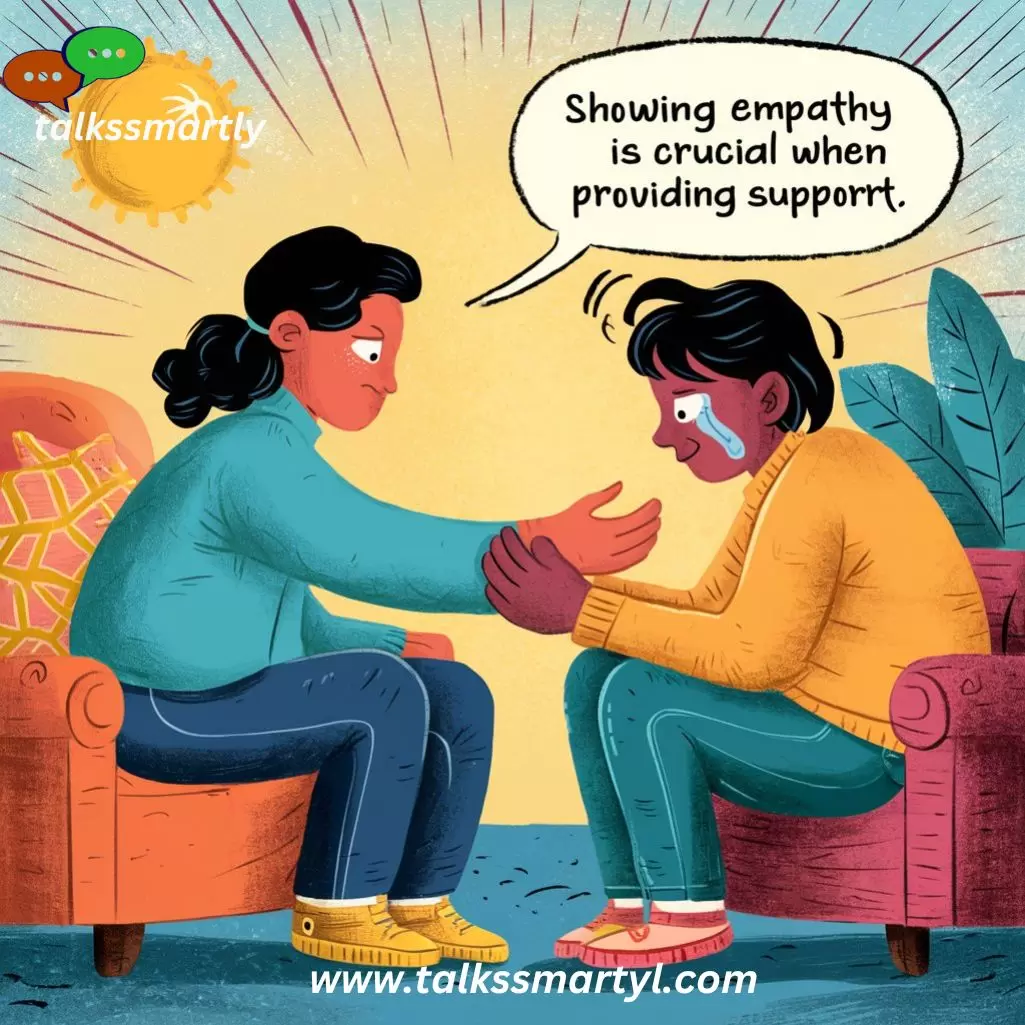Introduction
“Responding to declined invitations with grace and charm can strengthen relationships and maintain social harmony. Whether with humor or sincerity, acknowledging the decline with understanding is key to fostering positivity and connection.”
Declined invitations are a common occurrence in our social lives, whether due to scheduling conflicts, personal reasons, or other commitments. While receiving a declined invitation can sometimes be disappointing, how we respond to it can make all the difference in maintaining positive relationships and gracefully navigating social interactions.
In this guide, We explore over 115 unique ways to respond to a declined invitation, ranging from simple acknowledgments to more creative and thoughtful gestures. Whether you’re dealing with a declined RSVP to a party, event, or gathering, these responses offer a variety of approaches to express understanding, gratitude, and goodwill.
So, whether you’re aiming for humor, sincerity, or diplomacy, you’ll find plenty of inspiration here to handle declined invitations with grace and charm. Let’s dive in and explore the art of responding to declined invitations with style and tact.
Overview
In “115+ Unique Ways How to Respond to a Declined Invitation,” the focus is on navigating declined invitations with grace and charm. The article offers over 115 creative and thoughtful ways to respond to declined invitations, emphasizing understanding, gratitude, and goodwill.
It covers expressing gratitude, understanding and acceptance, offering alternatives, personalized responses, expressing regret, maintaining connection, providing support, and humorous responses. The goal is to help individuals maintain positive relationships and navigate social interactions with positivity, even when facing disappointment.
Expressing Gratitude
- Acknowledge the Decline: Start by acknowledging the declined invitation with sincerity.
- Thank You: Express your gratitude for the invitation, regardless of the response.
- Understanding: Show understanding for the reasons behind the decline.
- Respect: Acknowledge the decision with respect and appreciation.
- Graciousness: Respond with graciousness and warmth, even if disappointed.
- Positivity: Maintain a positive tone throughout your response.
- Friendship: Reinforce the value of the relationship or friendship.
- Future Plans: Express interest in future opportunities to connect.
- Encouragement: Offer encouragement or support if appropriate.
- Flexibility: Demonstrate flexibility by suggesting alternative ways to stay connected.
- Kindness: Show kindness and empathy towards the person who declined.
- Reflective Listening: Reflect back any sentiments shared by the person declining.
- Personal Touch: Add a personal touch or anecdote to your response.
- Gratitude for Time: Thank them for taking the time to respond and communicate.
- Closing Warmly: Close your response with warm regards or best wishes.
Understanding and Acceptance
- Understanding is the ability to comprehend the thoughts, feelings, and perspectives of others.
- Acceptance involves embracing differences, flaws, and diverse viewpoints without judgment.
- Empathy is key to understanding, as it allows us to step into someone else’s shoes and see the world from their perspective.
- Respect is fundamental to acceptance, as it acknowledges the inherent worth and dignity of every individual.
- Open-mindedness encourages us to consider new ideas and perspectives, even if they challenge our beliefs.
- Tolerance enables us to coexist peacefully with those who hold different opinions or lifestyles.
- Communication plays a crucial role in fostering understanding and acceptance by facilitating dialogue and mutual exchange.
- Compassion involves showing kindness and care towards others, especially during times of difficulty or disagreement.
- Cultural awareness encourages us to recognize and appreciate the diversity of cultures, traditions, and backgrounds.

- Self-awareness is essential for understanding and acceptance as it helps us recognize our own biases and prejudices.
- Non-judgment involves refraining from forming negative opinions about others based on superficial characteristics or differences.
- Adaptability allows us to adjust our perspectives and behaviors in response to new information or changing circumstances.
- Forgiveness is a powerful tool for acceptance, as it allows us to let go of resentment and move forward with understanding.
- Inclusivity promotes the involvement and participation of all individuals, regardless of their differences.
- Unity can be achieved through understanding and acceptance, as it emphasizes common humanity and shared values over division.
Read More: Ways to Reply “Hope to See You”
Offering Alternatives
- Flexibility: Offering alternatives demonstrates flexibility in decision-making and problem-solving.
- Choice: Providing alternatives gives individuals the choice to select what suits them best.
- Customization: Alternatives allow for customization to meet diverse needs and preferences.
- Adaptability: Being open to alternatives shows adaptability in different situations and circumstances.
- Innovation: Offering alternatives encourages innovation and creative thinking.
- Empowerment: Providing alternatives empowers individuals to take control of their decisions.
- Problem-solving: Alternatives offer multiple avenues for problem-solving and overcoming challenges.
- Resourcefulness: Exploring alternatives fosters resourcefulness and efficient use of resources.
- Open-mindedness: Being receptive to alternatives reflects an open-minded approach to decision-making.
- Resilience: Alternatives provide a buffer against setbacks and promote resilience in achieving goals.
- Versatility: Embracing alternatives showcases the versatility of options available.
- Efficiency: Offering alternatives streamlines processes and enhances efficiency.
- Diversity: Alternatives promote diversity of perspectives and solutions.
- Sustainability: Considering alternatives contributes to sustainability by exploring eco-friendly options.
- Empathy: Offering alternatives demonstrates empathy by understanding and accommodating individual needs and circumstances.
Personalized Responses
- Tailored Acknowledgment: Craft a response that acknowledges the declined invitation with sincerity.
- Express Understanding: Show empathy towards the decliner’s situation or commitments.
- Customized Message: Personalize your response based on your relationship with the person who declined.
- Gratitude: Thank the person for considering the invitation despite their inability to attend.
- Offer Alternatives: Suggest alternative ways to connect or future opportunities to meet.
- Highlight Importance: If applicable, emphasize the significance of their presence and express regret for their absence.
- Inject Humor: Lighten the mood with a witty or humorous remark, if appropriate for the context.
- Share Memories: Reflect on past experiences or shared memories to strengthen your bond.
- Assure Inclusion: Reassure the person that they will be missed and that their absence will be noted.
- Extend Warmth: Convey warmth and friendliness in your response to maintain a positive rapport.
- Be Concise: Keep your response brief and to the point while still conveying your sentiments effectively.
- Personal Touch: Incorporate details or references that are specific to your relationship or shared interests.
- Encourage Future Interaction: Express eagerness to catch up or make plans for a future get-together.
- Respect Their Decision: Respect the decliner’s decision without pressuring them to reconsider.
- Closing Note: End your response with a friendly closing, such as well wishes or a signature phrase.
Expressing Regret
- Apologize: When expressing regret, the first step is to apologize sincerely for any hurt or inconvenience caused.
- Acknowledge: Acknowledge the specific actions or words that led to the situation, demonstrating understanding and empathy.
- Express: Express genuine remorse for the consequences of your actions or decisions.
- Reflect: Take time to reflect on the situation and your role in it before offering an apology.
- Take Responsibility: Take responsibility for your actions without making excuses or blaming others.

- Admit Mistakes: Admit any mistakes openly and honestly, showing humility and a willingness to learn from the experience.
- Listen: Listen attentively to the other person’s perspective and feelings without interrupting or becoming defensive.
- Empathize: Empathize with the other person’s emotions and validate their feelings, even if you don’t agree with them.
- Offer Amends: Offer to make amends or take corrective actions to rectify the situation if possible.
- Promise Change: Promise to take steps to prevent similar mistakes in the future, demonstrating a commitment to growth and improvement.
- Learn: Use the experience as an opportunity to learn and grow, gaining insights into yourself and your relationships.
- Be Patient: Understand that rebuilding trust and repairing relationships takes time, and be patient throughout the process.
- Follow Through: Follow through on any promises or commitments made during the apology, showing integrity and reliability.
- Seek Forgiveness: Seek forgiveness sincerely, but understand that it may not be immediate or guaranteed.
- Move Forward: Once you’ve apologized and taken steps to make amends, move forward with a renewed commitment to honesty, empathy, and respect in your interactions.
Maintaining Connection
- Consistent Communication: Regularly communicating with friends and loved ones is essential for maintaining connection.
- Active Listening: Listening attentively to others shows that you value their thoughts and feelings.
- Quality Time: Spending quality time together strengthens bonds and fosters deeper connections.
- Empathy: Showing empathy towards others’ experiences helps build trust and understanding.
- Supportive Environment: Creating a supportive environment where everyone feels heard and respected is crucial.
- Shared Activities: Engaging in shared activities or hobbies strengthens connections through shared experiences.
- Open Communication: Encouraging open communication fosters honesty and transparency in relationships.
- Boundaries: Respecting each other’s boundaries helps maintain healthy connections and mutual respect.
- Expressing Gratitude: Expressing gratitude for the people in your life reinforces positive connections.
- Conflict Resolution: Addressing conflicts constructively and finding resolutions strengthens connections.
- Celebrating Milestones: Acknowledging and celebrating milestones and achievements together fosters a sense of togetherness.
- Virtual Connections: Utilizing technology for virtual connections helps bridge distances and stay in touch.
- Quality Conversations: Engaging in meaningful conversations deepens connections and strengthens relationships.
- Shared Values: Sharing common values and beliefs strengthens connections and promotes understanding.
- Adaptability: Being adaptable to changes in relationships and life circumstances helps maintain connections through different phases of life.
Providing Support
- Empathy: Showing empathy is crucial when providing support.

- Listening: Active listening is key to understanding the needs of the person seeking support.
- Encouragement: Providing encouragement can uplift spirits and motivate progress.
- Understanding: Seek to understand the situation from the perspective of the person in need.
- Validation: Offer validation for their feelings and experiences, acknowledging their importance.
- Respect: Show respect for their autonomy and decisions while offering assistance.
- Resources: Provide information about available resources that could be beneficial.
- Comfort: Offer comfort through words, gestures, or simply being present.
- Problem-Solving: Assist in problem-solving by brainstorming solutions together.
- Boundaries: Respect boundaries and avoid imposing your own beliefs or solutions.
- Consistency: Be consistent in your support, showing reliability and dependability.
- Reassurance: Offer reassurance that they are not alone and that support is ongoing.
- Empowerment: Help them feel empowered to take steps toward their goals or solutions.
- Patience: Exercise patience as progress may take time and setbacks may occur.
- Follow-up: Check in regularly to see how they are doing and if further support is needed.
Humorous Responses
- Laughter is often the best medicine, even in social situations.

- Humorous responses can lighten the mood and diffuse any tension.
- Injecting humor into your response shows you can take things lightly.
- “No worries! I’ll just have to find someone else to be the life of the party. Any volunteers?”
- “Well, there goes my chance to show off my dance moves. Guess I’ll save them for next time!”
- “Oh no! Now who will I argue with about the best pizza toppings? You owe me one!”
- “Looks like it’s just me, Netflix, and my imaginary friends tonight. Party of one, here I come!”
- “Ah, the classic decline. Don’t worry, I’ll just bring a cardboard cutout of you and pretend you’re here.”
- “Well, I guess I’ll have to find a new wingman/wingwoman for my karaoke duet. Any takers?”
- “Thanks for the decline! Now I can finally wear my pajamas without judgment.”
- “No worries! I’ll just have to find someone else to laugh at my jokes. Tough crowd!”
- “Well, there goes my chance to show off my stellar macaroni art skills. Maybe next time!”
- “No problem! I’ll just have to find a new partner for my interpretive dance routine.”
- “Ah, the decline heard ’round the world! Guess I’ll have to find a new partner for the three-legged race.”
- “Well, it’s just you, me, and the ghosts of parties past now. Let the awkwardness begin!”
Conclusion
In conclusion, navigating declined invitations with grace and charm is an art that can strengthen relationships and maintain social harmony. Whether responding with humor, sincerity, or creativity, the key lies in acknowledging the decline with understanding and goodwill.
By exploring over 115 unique ways to respond to declined invitations, individuals can find inspiration to tailor their responses to various social contexts and personalities. Ultimately, the goal is to foster positivity and connection, even in the face of disappointment.
So, whether it’s a simple acknowledgment or a clever quip, mastering the art of response ensures that declined invitations become opportunities for building stronger bonds and fostering deeper understanding among friends, family, and colleagues.












